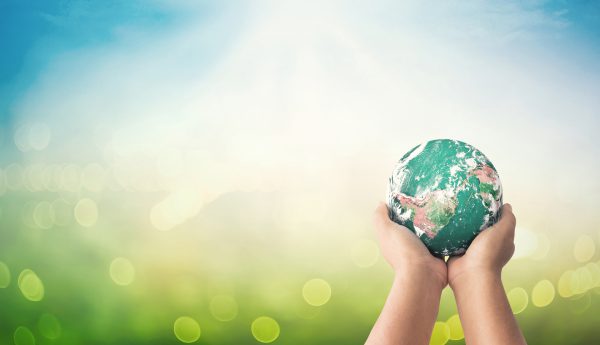The COVID-19 pandemic has impacted our day-to-day lives in ways we could never have conceived. But despite some of the challenge’s we’re experiencing, our environment appears to have benefitted, albeit temporarily.
From media reports around the world, the silver lining of broad social isolation strategies have resulted in a marked decrease in greenhouse gas emissions, especially in those areas with stringent shelter in place requirements. In Spain and Italy, greenhouse gas emissions dropped by as much as 20 per cent, and up to 25 per cent in some parts of Asia. A hole in the ozone layer, which had already begun repairing itself, has now begun doing so at an accelerated pace.
Many of you have probably seen the photos and videos online showing water in the Venice canals, typically polluted by boat and cruise ship traffic, running clear. And, with social isolation and limits on travel within Italy, air quality in the country has also improved. Between Jan. 1 and March 12, concentrations of nitrogen dioxide – produced by cars and power plants – fell immensely.
Of course, these temporary improvements to the environment have come about due to the extreme control measures enacted to avoid spread of COVID-19. In an April 6 media interview, Catherine Abreau, Executive Director of Climate Action Network Canada, pointed out that these improvements are temporary and have come about alongside the distress of many thousands of people. As she states, “we don’t want to see changes come with human suffering.” Rather, this is a time to reflect on the changes we’ve seen and to look forward to what we can do to be better stewards of our planet in the future.
April 22 is Earth Day. As we spend our days isolating from friends and loved ones, perhaps it is a good time to reflect on what we each can do, individually, to give back to our planet.
Stay safe. And have a happy Earth Day!
